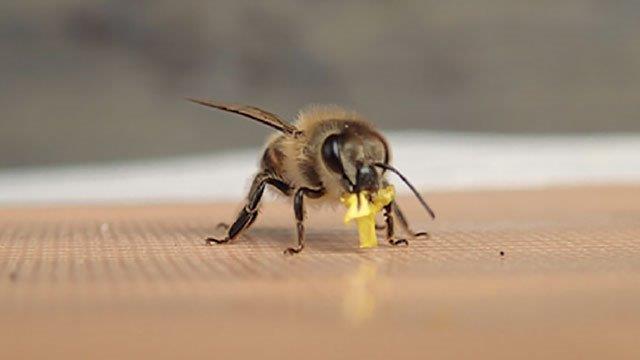By: Karl Gruber | February 1, 2018 , The Scientist Magazine
The paper
A. Fujiwara et al., “First report on the emergency dance of Apis cerana japonica, which induces odorous plant material collection in response to Vespa mandarinia japonica scouting,” Entomol Sci, doi:10.1111/ens.12285, 2017.
The Waggle Dance
Honeybees are famous for their waggle dances—figure-eight boogies that foragers use to inform nestmates about the locations of food or water. But entomologists were unclear about whether the dances could also be used to help ensure colony safety.
Unwelcome Guests
Ayumi Fujiwara, a graduate student at the University of Tokyo, and colleagues simulated wasp attacks on hives of the Japanese honeybee (Apis cerana japonica) to test the bees’ response to danger. “Giant wasps attack the nests of honeybees to feed their brood in autumn. As a result, wasps may sometimes annihilate a whole honeybee colony,” she says.
Dance Off
The researchers found that the bees did use a waggle dance as a warning signal, but only in response to sightings of one wasp species, Vespa mandarinia japonica. “The hive entrance dance informs bees’ nestmates of a specific emergency and of the urgent necessity to collect odorous plant materials as a counterattack strategy,” Fujiwara says. The bees collect stinky plant materials, such as leaves from Nepalese smartweed (Persicaria nepalensis), and smear them at the hive entrance to deter the wasps.
Decoding the Moves
The information coded in this new waggle dance is not yet completely clear, notes Margaret Couvillon, a biologist and honeybee specialist at Virginia Tech. “What would be interesting to see is if there are any differences in the conveying of directional information in this defensive context versus the regular foraging context,” she says. “Nature tends to be parsimonious in finding solutions, so we might expect that the bees use a similar mechanism in these different situations.”









